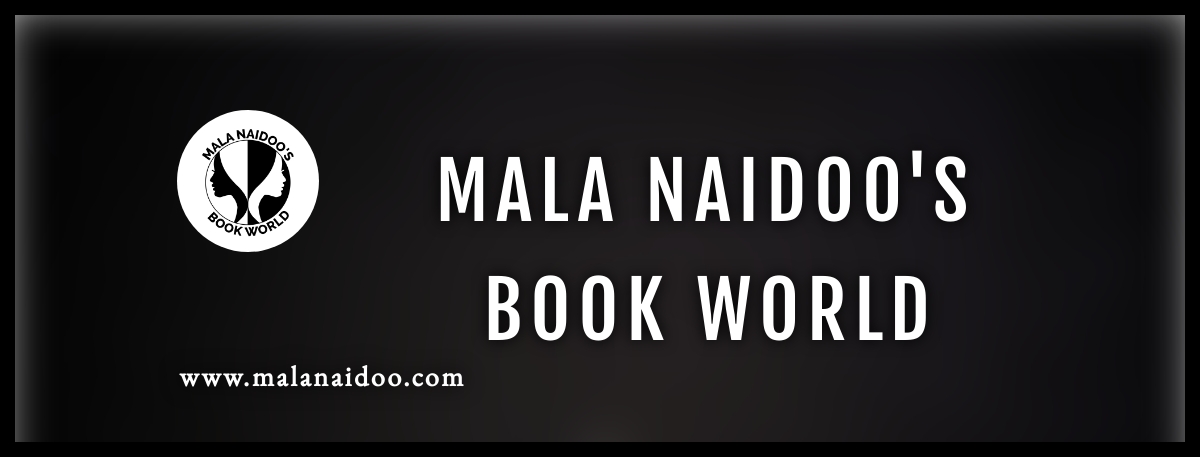In telling stories, writers draw from values they either ascribe to or find abhorrent.
Are stories purely to entertain or do they serve a purpose beyond plot and characters? Grand narratives are timeless because they showcase society in all its grandeur and dismal failings.
Living today, in what is so much a constructed, fake, flawed world – fair enough perfection does not exist and my own take is perfection in imperfection, we should continue to be passionate about truth – in the books we read, the news we hear and spread. We want to read the sequel or the next book in a series because we want to know more, the truth, the outcomes…
Whether it is the writer’s intention or not, the truth is at the core of the narratives we read. In a previous post, I included thoughts on why we crave the truth.
The need to know is as necessary as the air we breathe, ignorance is bliss is a temporary state of bliss, soon, regardless the loss incurred, the truth will be pursued. The female protagonists in my novels hunt down the truth or live, at first, in a temporary state of ignorant bliss, but soon the gnawing urge to know the truth seeps in, in whatever shape or form it might appear.
For what it’s worth
One cannot be true to what one believes or to who one truly is, if being part of the zeitgeist is prioritised in life – is risking the joys of an authentic life, being comfortable in your own skin, worth the group affiliation? Narcissism guides the exclusivity individuals create while drowning a sense of what is just. A shared humanity is crushed, elitism (as in vanity, not the cha-ching) separates and invites unjust notions of difference. Prizing individuality over falling in with the clique can lead to social isolation, so is it the choice of the brave-hearted alone? – this shapes the thinking reflected in art and literature – the higher purpose in storytelling.
Perfection in Imperfection
Now back to ‘shades of truth’
The energy and time taken to justify an untruth can be used (truth be told) to benefit the lives of all around us.
Politicians and the media are often starved of a good dose of the antidote to the truth to face up to and fess up to the agendas they serve (often aligned to those who hold perceived power) and the mistruths they engender. Truth is valued over empty promises, no matter how deeply buried and ignored, it drips back wreaking havoc which could have been prevented early on, with the plain old truth, the whole truth and nothing but the truth saving the day.

Oprah Winfrey’s inspirational Commencement Speech at USC, 2018 sends a message to new graduates, (and the world at large) upcoming journalists, to accept truth as we see it, hear it and so should we report it. But is it as easy as that? What halts truth? Fear? Popularity?
Truth often pays a hefty price when the lid is lifted, it incurs cynicism and attack in the need to sweep its halo under a rug.
No matter how difficult or painful in the moment of revelation, owning up to the truth, perpetuating the truth ultimately leads to a stress-free glorious life, bringing a peaceful night’s sleep with it. Good mental health rests on truth, understanding, and compassion.
Go speak your truth, be who you truly are, nobody defines you, forget being cliquish, it destroys relationships and is often perpetuated by an egotistical leader. Meryl, Marcia, Grace, and Patience, strong fictional women in my novels, Across Time and Space, the sequel Vindication Across Time and Souls of Her Daughters with a forthcoming saga, face the truth with dignity, speak their minds and try to make the world a better place. They are flawed characters, but truth helps them grow and at times trip up. In their fictional worlds, they make art mirror life.
What’s your take on speaking your truth, standing alone, avoiding the pseudo-elitism of cliques, how will you live with truth, understanding, and compassion? We all need a good night’s sleep, right?
Be a truth seeker, tell your story, set the record straight.































You must be logged in to post a comment.